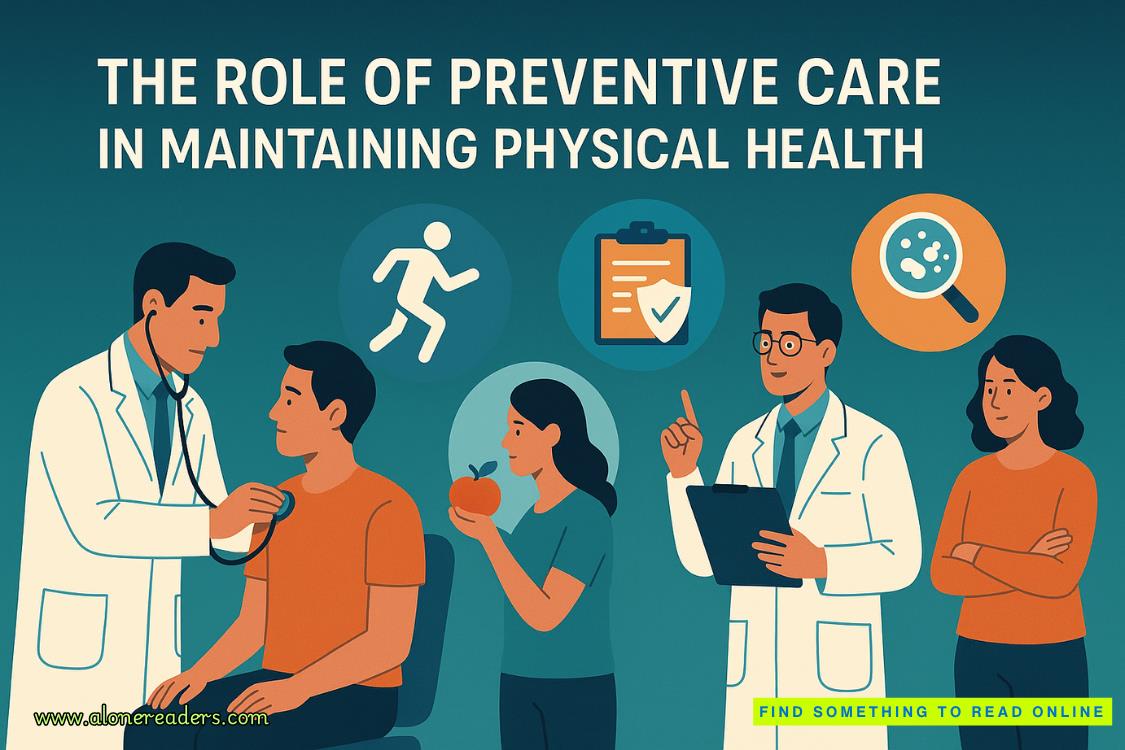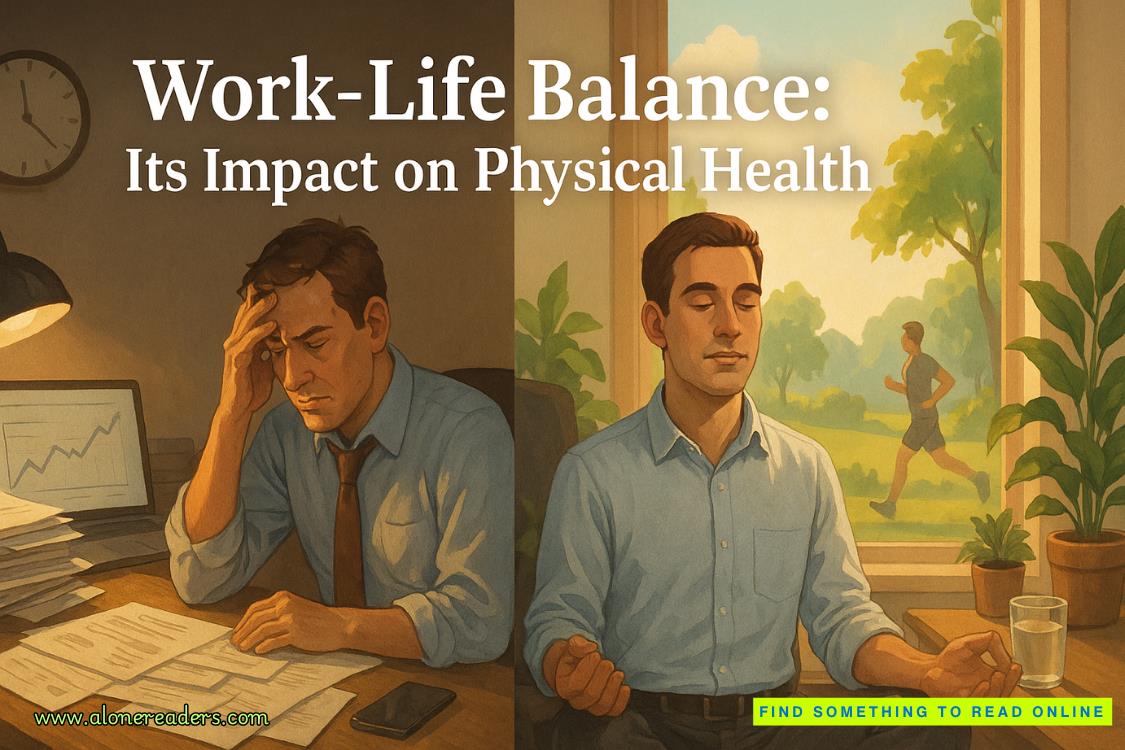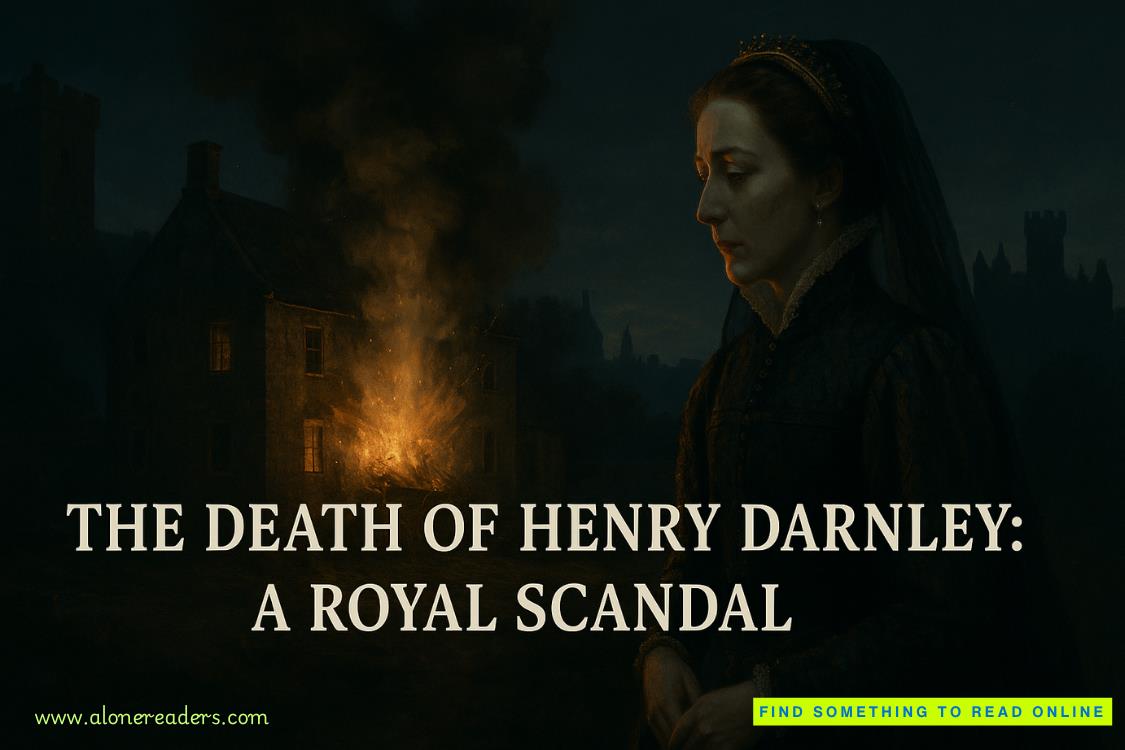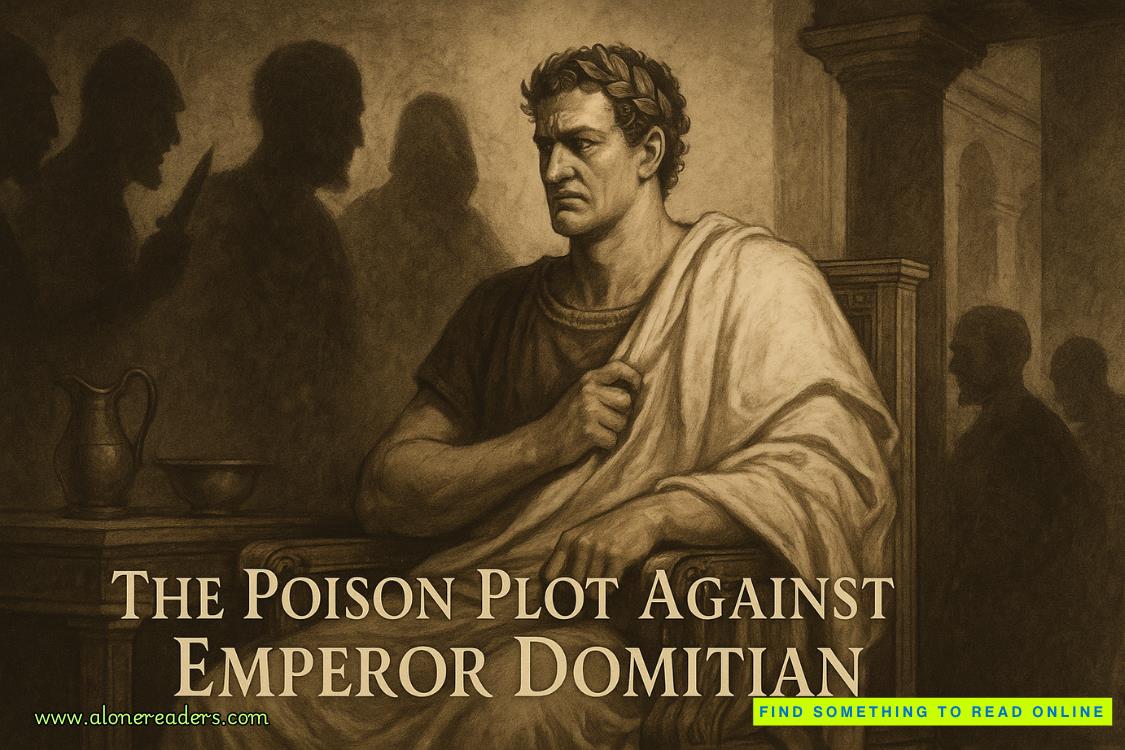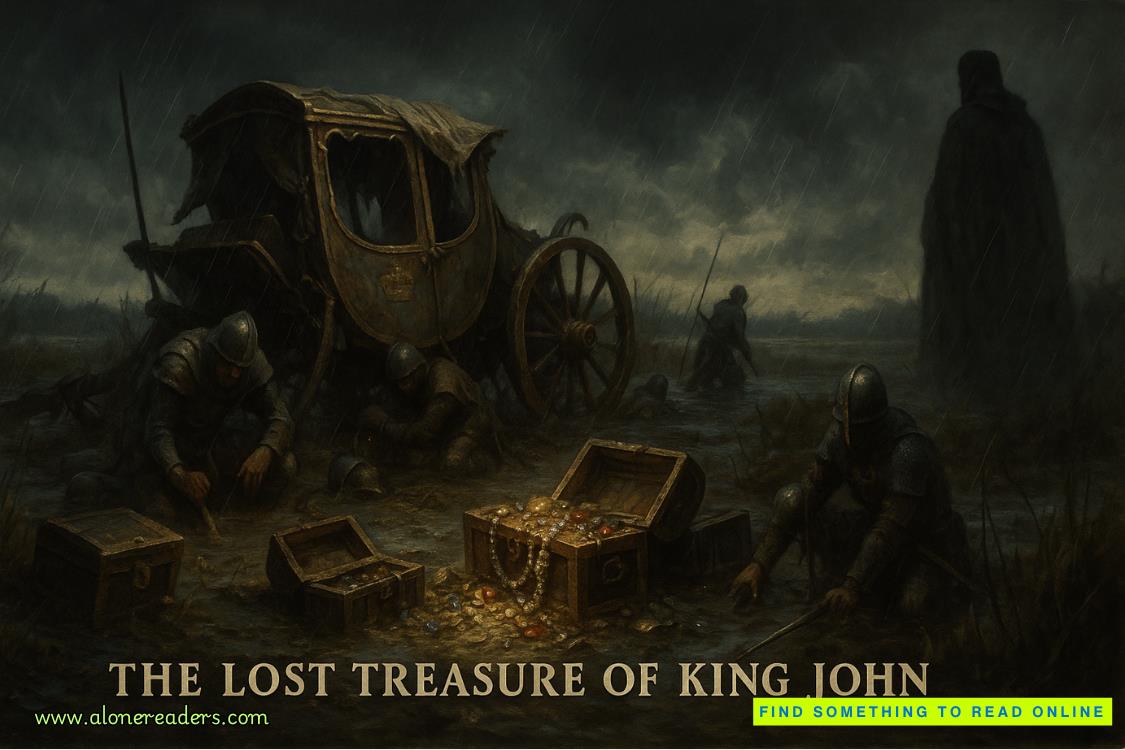Page 58 of His Untouchable Heart
“I’m getting used to this,” I said, watching her work.
She shot me a look over her shoulder. “Used to what? The coffee or the woman doing everything?”
“The coffee, definitely. And the woman, absolutely. But mostly,” I said, wrapping my arms around her waist, “just waking up to you.”
She leaned back into me for a second, her hand resting over mine. No words, just quiet agreement.
We ate at the small dining table, plates side by side, legs brushing underneath. Something was grounding about it—no rush, no agenda yet. Just two people who had fought like hell for this sliver of peace and were starting to believe it might last.
I glanced around, taking in the space quickly becoming part of my world. My duffel bag was tucked in the corner of her room, my shoes by the door. I hadn’t just crashed here—I’d settled in.
I thought about the check I’d written to break the lease on my old apartment. Seven months left on the lease, and not a second of regret. That place had never fit, not like this.
Still, we’d need more space soon. A real plan. A nursery. A place for late-night feedings and early-morning wake-up calls. But for now, we had this—warm coffee, a quiet morning, and the certainty that whatever came next, we were in it together.
Gabrielle drove. Her sunglasses were pushed up in her hair, one hand resting easily on the wheel, the other tapping against the console in rhythm with the music playing low through the speakers. We didn’t talk much on the way to the gallery. We didn’t need to. There was an ease between us now, a kind of shared silence that wasn’t about holding back—it was about being present.
When we walked through the front doors of the Devereux Gallery, it felt different. Warmer, somehow. Maybe it was just the Florida sunshine bouncing off the polished floors—but I felt it in my chest, too.
We walked in like it was ours now.
Ours to protect. Ours to restore.
Gabrielle moved with purpose, leading the way into the glass-walled conference room. It still held the lingering echo of old decisions and long arguments, but today it felt like it belonged to her.
She set her tote down, pulled out the folder from the Monuments Men and Women Foundation, and spread the forms out across the table. Her expression was part pride, part disbelief—like she was still waiting for someone to tell her she wasn’t allowed to be here, to do this.
I took the seat beside her, eager to help.
We worked through the documents slowly and methodically. She filled in names, dates, and family connections. I read through the fine print and double-checked each line. Now that we had what we needed, the section about provenance was simple, but the part about family history was harder.
When she hesitated at the question asking her to describe the relationship with the original owner, her pen hovered.
"Want me to help?" I asked gently.
She nodded.
“He was your great-grandfather, right?” I questioned. “Raised in Antwerp. He was killed during the holocaust.”
Gabrielle swallowed and nodded again. “Yes. I heard all about the painting from my grandfather.”
I touched her hand briefly. “That’s enough. That’s the story. You don’t have to make it sound perfect.”
She took a breath and began writing. Her handwriting was small but confident.
A few pages later, the knock came just as we reviewed the final signature block.
We both looked up.
A courier stood outside the conference room door, an envelope in his hand. I stood to meet him, signed for the package, and thanked him. Gabrielle had gone completely still.
I returned to the table and broke the seal.
Inside was the final piece of the puzzle: the certified receipt from the Swiss archive confirming the chain of custody—the most recent proof thatThe Lady and Gentleman in Blackhad always belonged to her family.
I handed it to her without a word.
She stared at the letter, her fingers gripping the edges, lips parting to let out a slow breath, a sound between a sigh and something close to a laugh.
